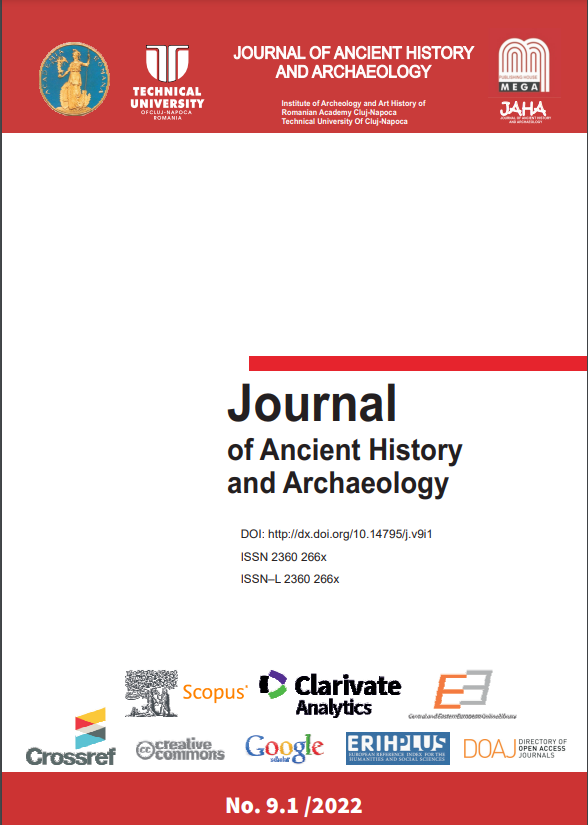A NEW INTERACTIVE PARADIGM FOR THE STUDY OF ANCIENT CIVILIZATIONS
A NEW INTERACTIVE PARADIGM FOR THE STUDY OF ANCIENT CIVILIZATIONS
Author(s): Li Yongbin, Li RongSubject(s): History, Archaeology, Comparative history, Ancient World
Published by: Editura Mega Print SRL
Keywords: Mediterranean Koine; comparative study; interactive study; Networks theory; paradigm shifts;
Summary/Abstract: The study of the interaction among ancient civilizations with a special focus on the Archaic period has developed three paradigms, including a comparative approach, a regional approach that regards the Mediterranean as a Koine, and a historical approach based on the Networks theory. This article addresses the theoretical superiorities of the “Mediterranean Koine”. Although it has been demonstrated differently in various historians’ works, the pattern of “Mediterranean Koine” can be categorized into four common features: the cultural exchanges based on commercial activities, the integrated “region” formed through communication, the balanced relationship between individuality and commonality, and the high level of economic and cultural connections determined by the unique ecological environment. The cultural exchanges based on commercial activities are the fundamental character of the “Mediterranean Koine” from the eighth to sixth century BC. Thanks to modern archaeology, these commercial activities and the cultural exchanges have been largely reconstructed. Al Mina is a perfect example of getting a fundamental understanding of the “Mediterranean Koine”. For better utilizing the “Mediterranean Koine” in research we should also direct attention into the differences among civilizations, such as their various scopes of time and space, different social structures, and the uniqueness of particular ecologies.
Journal: Journal of Ancient History and Archaeology
- Issue Year: 9/2022
- Issue No: 1
- Page Range: 213-221
- Page Count: 9
- Language: English

